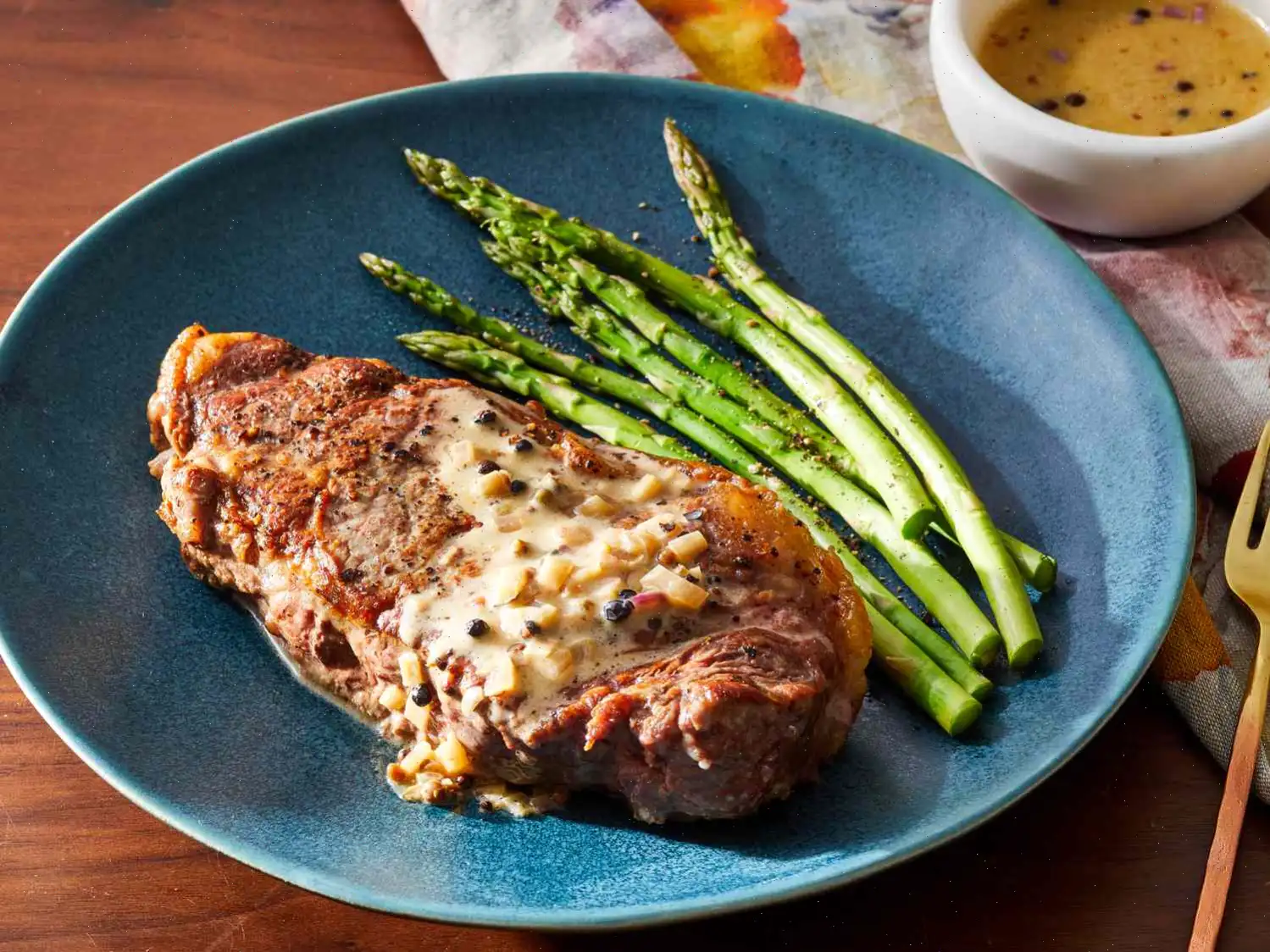
Slow Cooker Bolognese Recipe
Ingredients
This recipe was developed at its original yield. Ingredient amounts are automatically adjusted, but cooking times and steps remain unchanged. Note that not all recipes scale perfectly.
Original recipe (1X) yields 8 servings:
- 2 tablespoons olive oil
- 1 cup finely chopped carrots
- 1 onion, finely chopped
- 2 cloves garlic, minced
- 1 pound lean ground beef
- 1 cups whole milk, divided
- 1 (28-ounce) can crushed tomatoes
- 1 (6-ounce) can tomato paste
- 1 teaspoon dried basil
- 1 teaspoon dried oregano
- teaspoon salt
- teaspoon ground black pepper
- teaspoon crushed red pepper flakes
- cup grated Parmesan cheese
Directions
Step 1: Heat olive oil in a large skillet over medium heat. Add chopped carrots, onion, and garlic. Cook and stir until the vegetables are tender, about 10 minutes.
Step 2: Add ground beef to the skillet. Cook, stirring and breaking up the meat, until it is browned, about 5 to 7 minutes. Drain off any excess fat from the skillet.
Step 3: Stir in 1 cup of milk. Bring the mixture to a simmer, then reduce the heat to medium-low. Cook until the milk is absorbed by the meat and vegetables, about 15 minutes.
Step 4: Transfer the beef mixture to a slow cooker. Set the slow cooker to High. Add crushed tomatoes, tomato paste, basil, oregano, salt, pepper, and red pepper flakes. Stir well to combine.
Step 5: Cover the slow cooker and cook on High for 2 hours.
Step 6: After 2 hours, stir in the remaining cup of milk and the grated Parmesan cheese. Cover and cook for an additional 2 hours.
Cooks Note
You can substitute ground beef with a mixture of beef, pork, and veal if you prefer. For a chunkier sauce, feel free to add extra vegetables such as bell pepper or celery. If the sauce becomes too thick, add a splash of pasta cooking water before serving.
Nutrition Facts (per serving)
| Calories | Fat | Carbs | Protein |
|---|---|---|---|
| 245 | 13g | 18g | 16g |
Nutrition Information
- Total Fat: 13g (17% Daily Value)
- Saturated Fat: 5g (23% Daily Value)
- Cholesterol: 44mg (15% Daily Value)
- Sodium: 547mg (24% Daily Value)
- Total Carbohydrate: 18g (7% Daily Value)
- Dietary Fiber: 4g (14% Daily Value)
- Total Sugars: 7g
- Protein: 16g (33% Daily Value)
- Vitamin C: 17mg (19% Daily Value)
- Calcium: 145mg (11% Daily Value)
- Iron: 3mg (18% Daily Value)
- Potassium: 798mg (17% Daily Value)
* Percent Daily Values are based on a 2,000 calorie diet. Your daily values may be higher or lower depending on your calorie needs.
** Nutrient information is not available for all ingredients. Amount is based on available nutrient data.

Origin of Bolognese Sauce
Bolognese sauce, or "rag alla bolognese," is a traditional Italian meat-based sauce originating from Bologna, a city in the Emilia-Romagna region of northern Italy. It is believed to have been created in the 18th century, with various regional adaptations over the years. The sauce was originally a more fluid preparation, but over time it evolved into the thicker, richer version we know today. While it is now popular worldwide, the recipe still holds strong connections to its Italian roots, where the use of meats like beef, pork, and veal is common, along with a variety of aromatic vegetables and dairy ingredients.
Regional Variations and Features
In Italy, Bolognese sauce can vary slightly depending on the region. The classic Bolognese is often served with tagliatelle or other fresh pasta, and some variations might include the addition of wine or even a splash of cream. While the slow cooker version of the dish we present here keeps the spirit of the traditional recipe, it offers convenience and ease by allowing the sauce to slowly develop its flavors over hours in a slow cooker.
Difference from Similar Dishes
What distinguishes Bolognese sauce from other similar pasta sauces, such as marinara or rag, is the inclusion of meat as the primary base. Unlike tomato-based sauces, which focus more on the acidity and freshness of the tomatoes, Bolognese relies on the deep, rich flavors of browned meat, milk, and slow-cooked vegetables. It is also often thicker and more robust than a marinara sauce, making it a perfect pairing for hearty pastas like tagliatelle or rigatoni.
Where Bolognese is Typically Served
Traditionally, Bolognese sauce is served in Italy with pasta, particularly tagliatelle or pappardelle. In the United States, it has become common to see it served with spaghetti, though this isn't the traditional pairing. The sauce is also enjoyed as a filling for lasagna or other baked pasta dishes. While Bolognese was originally a more formal dish, it is now a beloved family meal, often served during special gatherings or weeknight dinners due to its rich, comforting nature.
Fun Facts about Bolognese
- There is an official recipe for rag alla bolognese, recognized by the Bologna Chamber of Commerce, which was created in the 1980s. This recipe specifies the use of butter, milk, and a mix of meats including beef and pork.
- While many associate Bolognese with spaghetti, this pairing is considered incorrect by Italian purists. The "right" pasta for this sauce is fresh egg pasta like tagliatelle.
- The addition of milk or cream to the sauce is meant to balance the acidity of the tomatoes and create a smoother, richer texture.
- In some variations, a small amount of wine is used to deglaze the pan after the meat is browned, enhancing the depth of flavor.
FAQ about Slow Cooker Bolognese Recipe
Comments
Matthew Cruz
11/04/2023 06:07:19 PM
Rewritten review: This sauce is delicious and simple to prepare. I completely agree with the suggestion to drain the grease before adding the vegetables and simmering, as it enhances the depth of flavor. We opted for a mixture of beef and pork, which worked well. In terms of flavor depth, I used Hunt's tomato sauce and paste, but found the sauce a bit tangy, likely due to the paste or tomatoes. If anyone has recommendations for a brand with a richer flavor, please share! I decided to increase the amount of spices and cheese, incorporating both Asiago and Parmesan, as I prefer my dishes to be more flavorful. This adjustment helped balance out the tanginess. I am considering using heavy cream instead of milk in the future. Thank you, OP, for the recipe. My family thoroughly enjoyed the meal tonight!
Brian Johnson
08/19/2023 07:17:07 AM
Is this an authentic Bolognese sauce? No, it isn't. But does it satisfy your craving? Absolutely! I thoroughly enjoyed this dish, especially when paired with rigatoni. Towards the end, I decided to add a splash of red wine for a bit of extra flair, and it really elevated the flavors. This recipe was just right for two people with enough leftovers to freeze for a cozy, rainy day.








